Schneider low voltage capacitor
Schneider low voltage capacitors
Schneider low voltage capacitors are designed in compact cylindrical shape, with large capacity from 10 to 50 Kvar/cell, ability to withstand impulse current 200 times higher than rated current, breakdown voltage 1.8 times rated, lifetime 100,000 to 130,000 hours high.
Introduction Compensating capacitors and capacitor capacitor reactive power

low-voltage compensation Schneider low-voltage capacitors are developed with two main lines.
Economic Flow Capacitor Easy Can
Capacity from 1 to 30Kvar.
Rated voltage: 440V.
Sustained impulse current: 200 times Udm.
Overvoltage capacity: 1.1 times Udm.
Overload capacity: 1.5 times Idm
Installation type: standing.
Specifications of compensation capacitors Easy Can according to the corresponding code.
– Capacitor low voltage code BLRCS100A120B44 Easycan 10 KVAR 440V using 10 Kvar.
– Capacitor low voltage code BLRCS150A180B44 Easycan 15 KVAR 440V capacity 15 Kvar.
– Capacitor low voltage code BLRCS200A240B44 Easycan 20 KVAR 440V capacity 20 Kvar.
– Capacitor low voltage code BLRCS250A300B44 Easycan 25 KVAR 440V capacity 25 Kvar.
– Capacitor low voltage code BLRCS303A364B44 Easycan 30.3 KVAR 440V using 30 Kvar.
Varplus Can High Quality Line
Capacity from 1 to 50Kvar.
Rated voltage: 440V.
Sustained impulse current: 250 times Udm.
Overvoltage capacity: 1.1 times Udm.
Overload capacity: 1.8 times Idm.
Vertical or horizontal mounting type
The specifications of the Varplus Can capacitors according to the corresponding code.
– Capacitor low voltage code BLRCH100A120B44 Varplus Can 10 Kvar 440V 10Kvar capacity.
– Capacitor low voltage code BLRCH150A180B44 Varplus Can 15 Kvar 440V capacity 15 Kvar.
– Capacitor low voltage code BLRCH200A240B44 Varplus Can 20 Kvar 440V capacity 20 Kvar.
– Capacitor low voltage code BLRCH250A300B44 Varplus Can 25 Kvar 440V capacity 25 Kvar.
– Capacitor low voltage code BLRCH303A000B44 Varplus Can 30.3 Kvar 440V capacity 30.3 Kvar.
– Capacitor low voltage code BLRCH400A480B44 Varplus Can 40 Kvar 440V capacity 40 Kvar.
– Capacitor low voltage code BLRCH500A000B44 Varplus Can 50 Kvar 440V capacity 50 Kvar.
WHY TO INSTALL COMPANY COMPANY
Reactive power compensation for low voltage grid
As business managers, power system managers… we all know that the monthly electricity bill, in addition to the amount to be paid, has the unit of KWh, but also has to pay for the bill with the unit of Kvarh.
If our electrical system has a cos phi coefficient of less than 0.85 but has not been installed with a capacitor or a capacitor, but it cannot meet the demand.
So why should you install low voltage capacitors? What are the benefits of installing low voltage capacitors?
Here we do not discuss in depth about the technical aspect, we temporarily understand that the cos phi coefficient of the power system in the factory must reach above 0.85 as prescribed by the electricity industry.
As for how the installation of low voltage capacitors will bring benefits, please refer to the following ideas:
Install a capacitor to compensate for reactive power or pay (penalty) for Electricity
The fine is essentially the potential purchase of reactive power. Currently, the new generation meter that electricity has installed for factories displays 3 types of power: real power P (Kw), reactive power Q (Kvar), apparent power S (KVA).
For households, it is charged on capacity P (KWh), and businesses due to large consumption should pay more reactive power (virtual power) Q (Kvar).
There are 2 options to pay for this capacity usage
1. Paying directly for electricity, this money is often called a “fine” (as I understand it before, electric meters did not show the capacity Q, so the user could not see the amount of power Q he had. but still have to pay, so it’s called “penalty”)
2. Install power compensating capacitors in place. The nature of the capacitor is like a generator, but it generates reactive power Q .
When should capacitors be installed?
According to the electricity regulations, when your consumption system has cos phi <=0.85, the amount of Q consumed begins to be charged.
In the following example, you will see the payment for power Q.
For example, you have an electrical device with a capacity of 100kW, Cos phi = 0.80, running 10 hours a day. We will have the following data:
Electricity used in 1 hour: 100kW * 1h = 100kWh.
Electricity used in 1 day (10 hours): 100kW * 10h = 1,000kWh.
Electricity used in 30 days: 1,000kWh * 30 days = 30,000kWh.
Rate of additional payment to buy reactive power: 6.25% (electricity industry regulations).
Let’s say you use electricity for production and only use it during normal times.
According to the electricity price list from July 1, 2012:
Cost to buy effective electricity: 30,000kWh * 1,278 VND/kWh = 38,340,000 VND.
Reactive power purchase: 38,340,000 VND * 6.25% = 2,396,250 VND.
Thus, if you calculate the compensation appropriately, you can “avoid” the fine of about 2,400,000 VND per month.
If you compensate, then you counter-invest the cost. Because in this example I only have 1 electrical device, so just buy a capacitor and compensate directly to the electrical device.
To raise from Cos phi from 0.8 => 0.9 in the above example we need 25kVar. The current investment price is about 1,000,000 VND. So, only 1/2 month we got our capital back.
Reactive power compensation reduces power loss.
Reduce power loss on transmission lines:
We see that the power loss is caused by the two components.
The component due to active power cannot be reduced, but the component due to reactive power can be completely reduced. The result is a reduction in reactive power loss leading to a reduction in apparent power loss.
In short, reduce electricity bills. So when does the compensating capacitor work in this case? When our line goes too far.
The state meter is again at the top of the station. In this case, we should compensate almost up to 0.95 to reduce power loss.Reactive power compensation to reduce voltage drop
Reduce voltage loss on transmission lines:
We see that the voltage loss is caused by the two components.
The component due to active power cannot be reduced, but the component due to reactive power can be completely reduced.
So when does this case come into play? When our line pulls too far, the voltage at the end of the line drops a lot, making the motor unable to start, overheating, and flammable.
In this case you should compensate to 0.98 or 1. If you have ever used a pump at this end of the source, you will understand what a voltage increase of a few volts means.
Reactive power compensation increases line load carrying capacity
The current flowing in the line consists of two components: active and reactive. If we compensate at the end of the line, the reactive current will be reduced.
Then we can allow the line to carry more active current, as simple as that.
Reactive power compensation helps to increase the real capacity of the transformer
From S=U*I we see that the transformer capacity consists of 2 parts P and Q. If we compensate well, S is almost equal to P => this allows the transformer to increase the load
More References


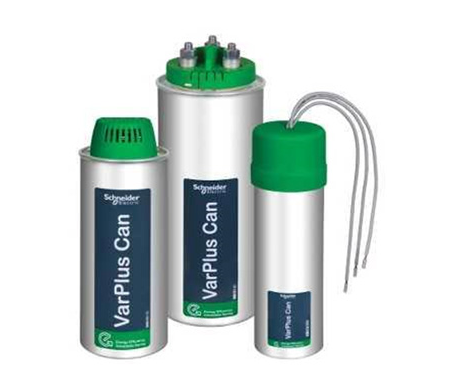

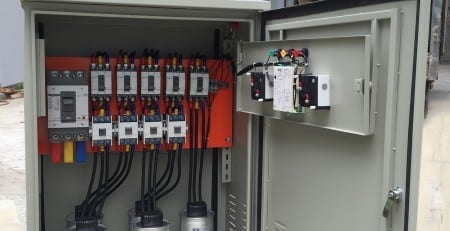
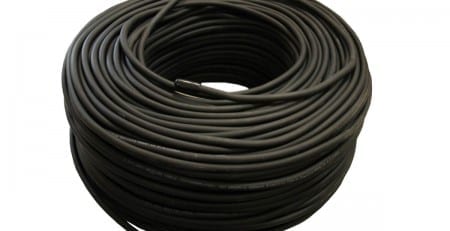
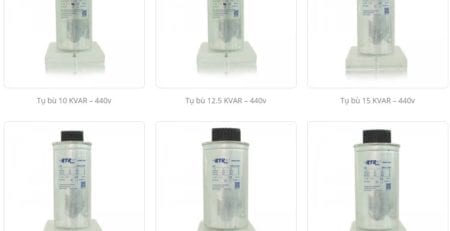
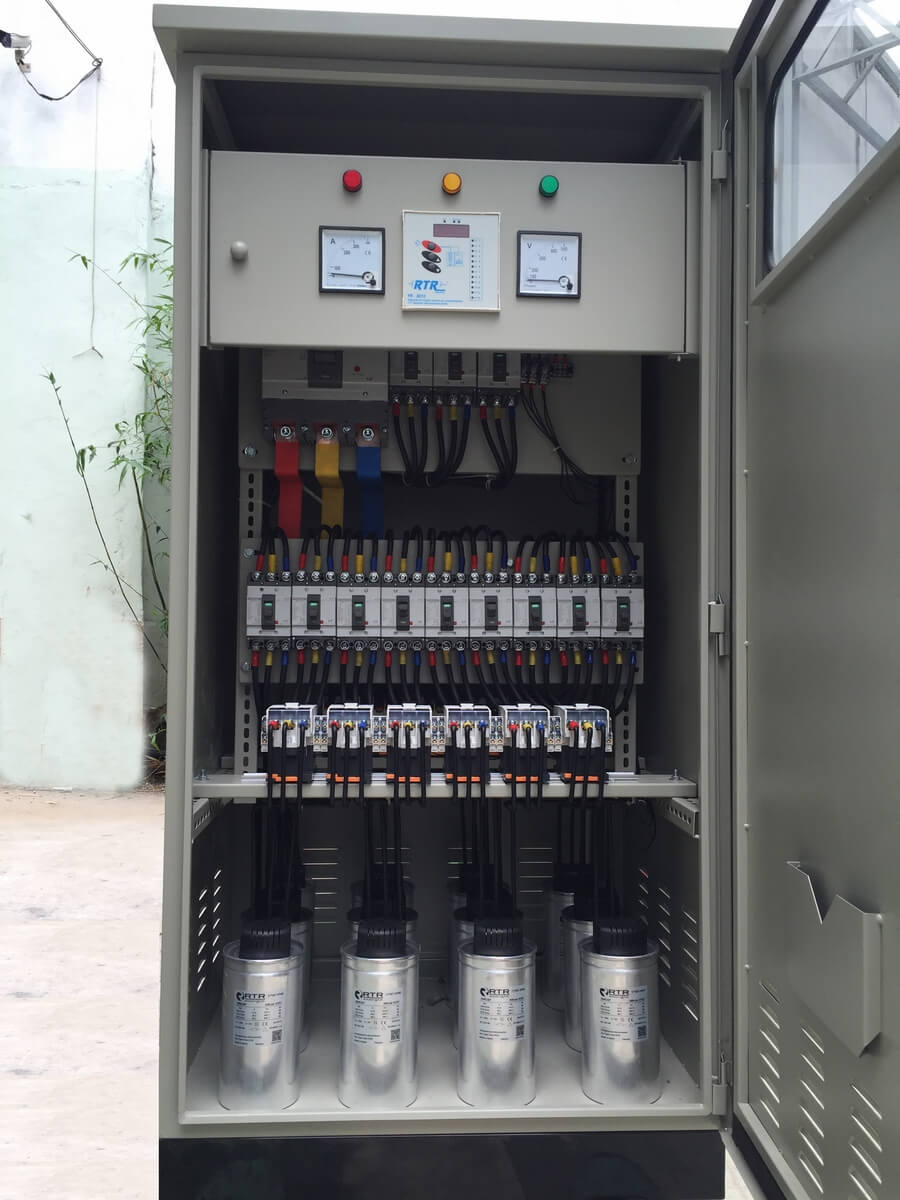
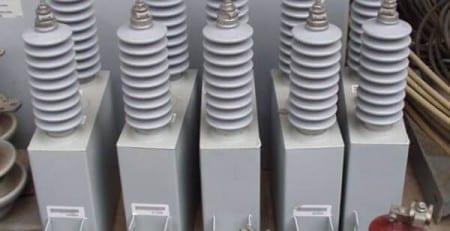


Leave a Reply